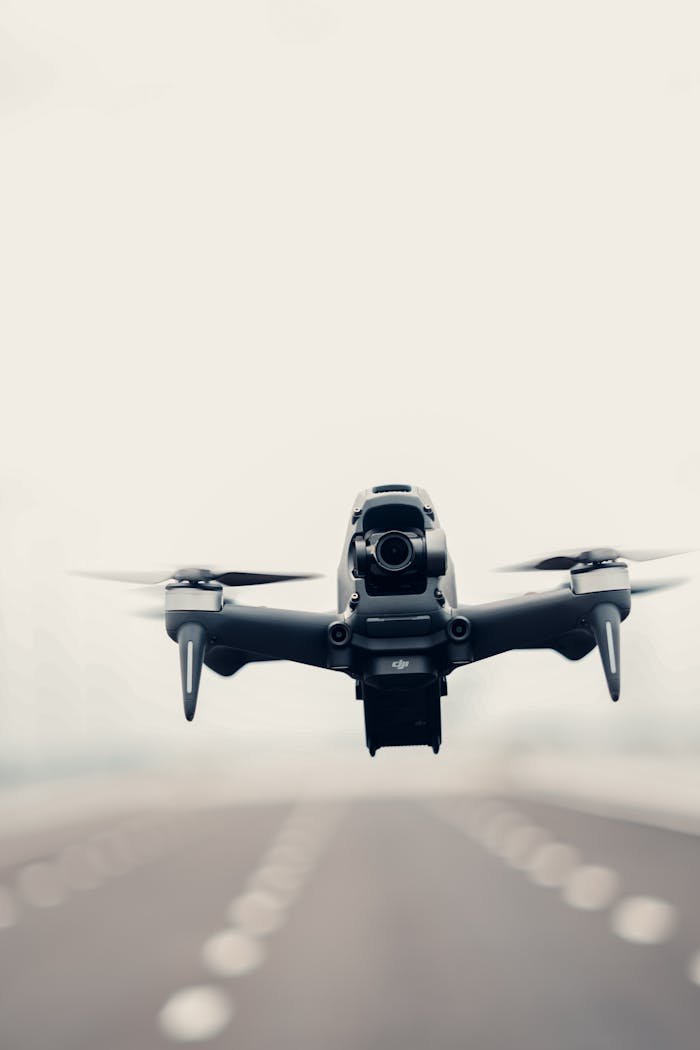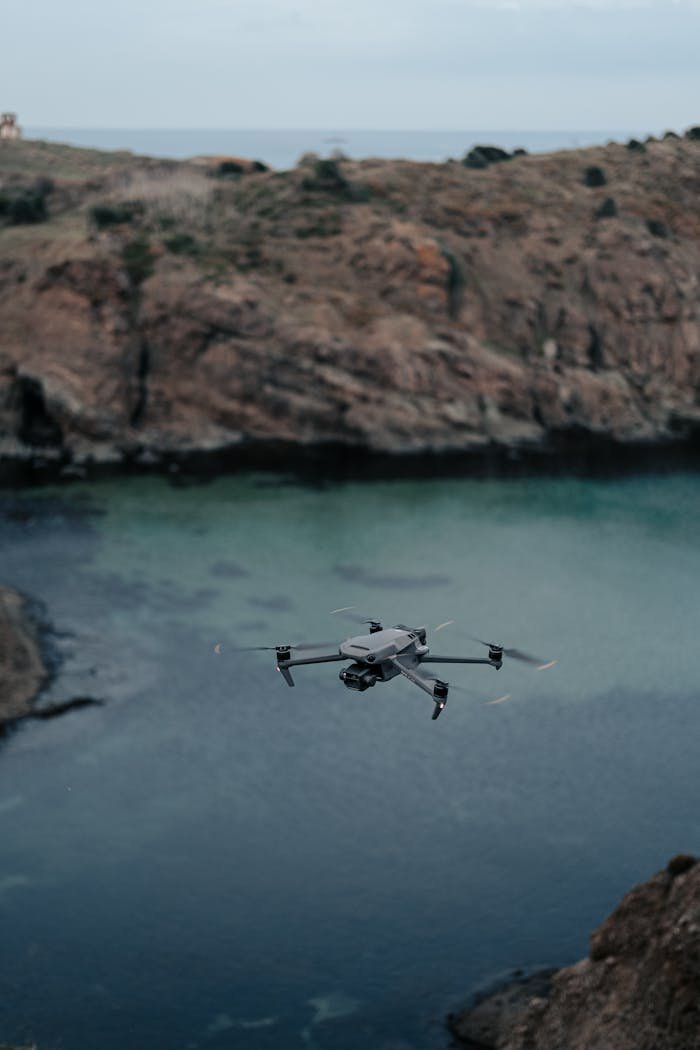Understanding Low Altitude Defense Radar: Key Features and Functions
In the ever-evolving landscape of military and defense technology, low altitude defense radar systems represent a critical component of modern air defense networks. These specialized radar systems are designed to detect, track, and identify aerial threats that fly close to the ground—an area traditionally challenging for conventional radar systems. As someone who’s spent considerable time researching defense technologies, I’ve found that understanding these systems requires examining both their technical capabilities and strategic importance.
Low altitude defense radar systems have become increasingly vital in an era where aerial threats continue to diversify, from conventional aircraft to unmanned aerial vehicles (UAVs) and cruise missiles. These threats often exploit low-altitude flight paths specifically to avoid detection, making specialized radar systems not just useful but essential for comprehensive air defense.
This article delves into the intricacies of low altitude defense radar systems, exploring their key features, operational principles, latest technological advancements, and real-world applications. Whether you’re a defense professional, technology enthusiast, or simply curious about how nations protect their airspace, this exploration offers valuable insights into this crucial defense technology.

What Is Low Altitude Defense Radar?
Low altitude defense radar refers to specialized radar systems designed to detect and track aerial targets flying at low altitudes, typically below 1,000 feet above ground level. Unlike conventional radar systems that might struggle with ground clutter and terrain interference, these systems are specifically engineered to distinguish between actual threats and background noise when monitoring airspace close to the earth’s surface.
The primary challenge these systems address is what defense specialists call the “low altitude gap”—a vulnerability in traditional air defense networks where targets flying close to the ground can potentially evade detection. This gap exists because conventional radar systems often have limited effectiveness against targets flying at very low altitudes due to the earth’s curvature, terrain masking, and ground clutter interference.
Low altitude defense radar systems employ various specialized technologies to overcome these challenges:
- Advanced signal processing algorithms that can distinguish between moving targets and stationary background
- Terrain-following capabilities that adapt to local geography
- Higher frequency bands that provide better resolution for small targets
- Integrated networks of multiple radar units to provide comprehensive coverage
- Sophisticated filtering techniques to minimize false alarms
These systems serve as the first line of detection in a layered air defense strategy, providing critical early warning of approaching threats that might otherwise remain undetected until they’re dangerously close to their targets.
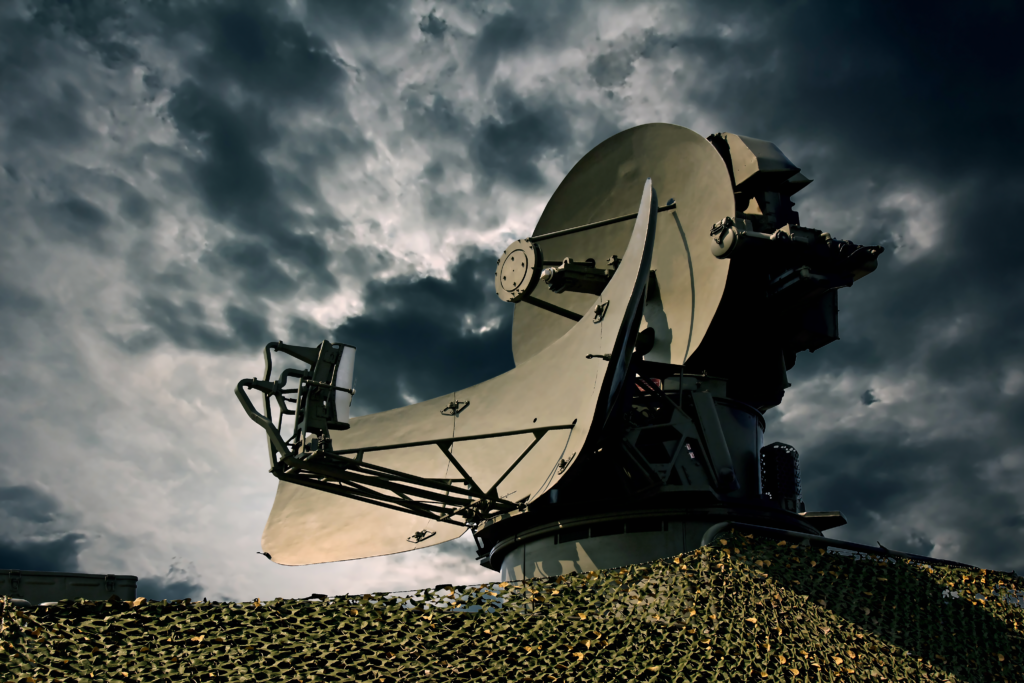
Historical Development and Evolution
The development of low altitude defense radar systems has a fascinating history that parallels the evolution of aerial warfare itself. The need for such systems became apparent during the Cold War era, when military strategists recognized the vulnerability of conventional radar networks to low-flying aircraft and missiles.
Early attempts at low altitude detection in the 1950s and 1960s were relatively primitive, often relying on visual observation posts to supplement radar coverage. The true technological breakthrough came in the 1970s with the development of more sophisticated pulse-Doppler radar systems capable of better discrimination between targets and ground clutter.
Throughout the 1980s and 1990s, digital signal processing revolutionized these systems, dramatically improving their ability to detect smaller targets against complex backgrounds. The Gulf War in 1991 demonstrated both the importance of low altitude defense and the effectiveness of advanced radar systems in countering cruise missiles and low-flying aircraft.
Since the early 2000s, the proliferation of unmanned aerial vehicles has sparked another wave of innovation in low altitude defense radar. Today’s systems bear little resemblance to their early predecessors, incorporating artificial intelligence, networked operations, and unprecedented levels of automation and precision.
What’s particularly interesting about this evolution is how each advancement was typically driven by a specific threat or vulnerability identified in real-world conflicts—a pattern that continues today as systems adapt to counter emerging drone swarm tactics and other novel threats.

Key Technical Features of Modern Low Altitude Defense Radar
Radar Frequency Bands and Their Significance
Modern low altitude defense radar systems operate across various frequency bands, each offering distinct advantages:
1. X-band (8-12 GHz): Provides excellent resolution and accuracy for target identification but with somewhat limited range
2. S-band (2-4 GHz): Offers a good balance between range and resolution, with moderate weather penetration capabilities
3. L-band (1-2 GHz): Delivers superior range and weather penetration but with reduced resolution
4. UHF band (300-1000 MHz): Provides exceptional range and ground penetration but with limited resolution
The selection of frequency bands depends on specific operational requirements, with many advanced systems utilizing multiple bands simultaneously to leverage complementary strengths.
Advanced Signal Processing Techniques
The heart of any modern low altitude defense radar lies in its signal processing capabilities. Contemporary systems employ:
- Adaptive clutter mapping that creates real-time models of the background environment
- Doppler processing that measures minute frequency shifts to detect moving targets
- Constant False Alarm Rate (CFAR) processing that dynamically adjusts detection thresholds
- Pulse compression techniques that improve range resolution without sacrificing detection sensitivity
- Machine learning algorithms that continuously improve target discrimination based on operational experience
These processing techniques transform raw radar returns into actionable detection data, dramatically reducing false alarms while improving detection probability against even the smallest targets.
Terrain-Following and Terrain-Avoidance Capabilities
One of the most remarkable features of advanced low altitude defense radar is its ability to work with—rather than against—challenging terrain. Modern systems incorporate:
- Digital terrain elevation data that provides three-dimensional models of the operational environment
- Look-down/shoot-down capabilities that enable detection of targets flying below the radar’s physical position
- Terrain-following algorithms that automatically adjust scanning patterns based on local geography
- Multi-static configurations that use geographically separated transmitters and receivers to eliminate radar shadows
These capabilities ensure comprehensive coverage even in mountainous or highly varied terrain where traditional radar systems might leave dangerous blind spots.
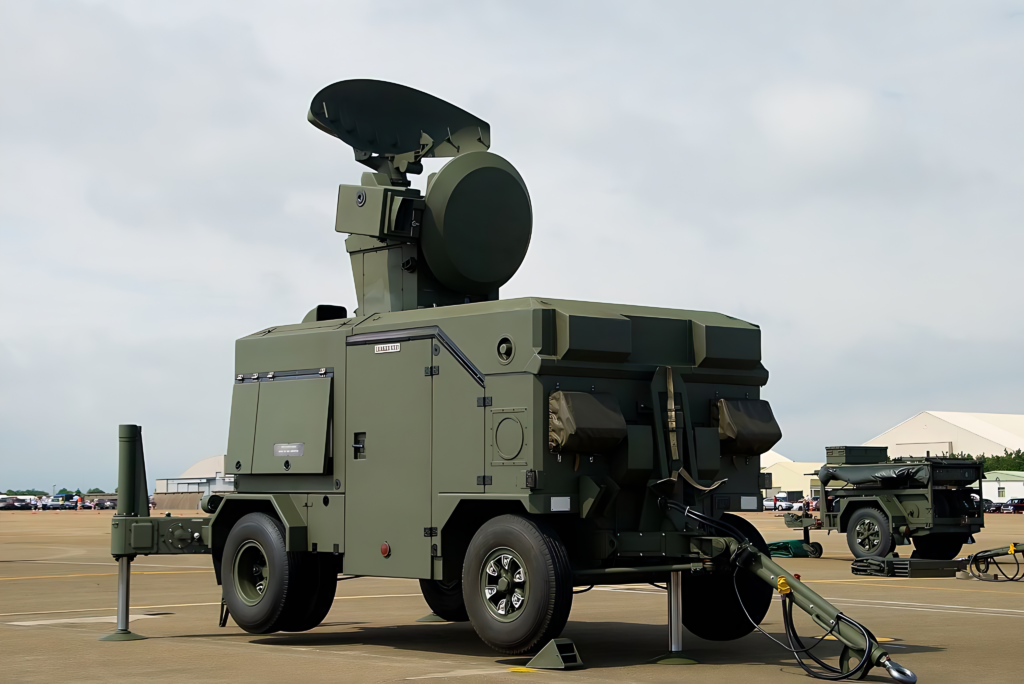
The latest industry data and statistics
According to recent industry reports published in 2023, the global market for low altitude defense radar systems is experiencing significant growth, projected to reach $8.5 billion by 2028, with a compound annual growth rate (CAGR) of 5.7%. This growth is primarily driven by increasing defense budgets in Asia-Pacific and Middle Eastern nations responding to regional security concerns.
Statistical analysis of recent military operations reveals that approximately 72% of aerial incursions now occur at altitudes below 500 feet, highlighting the critical importance of specialized low altitude detection systems. Furthermore, defense analysts report that modern low altitude radar systems have improved detection rates for small drones by approximately 65% over the past five years.
The technological landscape is equally dynamic, with recent data showing:
- 85% of newly deployed systems now incorporate some form of artificial intelligence for target classification
- Average detection range for drone-sized targets has increased from 5km to over 25km in the past decade
- False alarm rates have decreased by approximately 80% compared to systems deployed in the early 2000s
- Energy efficiency has improved by roughly 40%, extending deployment options for remote locations
These statistics underscore both the rapid technological advancement in this field and the increasing operational significance of low altitude defense radar in modern military operations.
Three major trends in low-altitude defense radar
Trend 1: Integration of artificial intelligence and machine learning
The integration of artificial intelligence and machine learning represents perhaps the most transformative trend in low altitude defense radar systems. Unlike traditional systems that rely on predetermined parameters for target identification, AI-enabled radar can:
- Learn from operational experience to continuously improve detection algorithms
- Automatically classify targets based on subtle signature characteristics
- Predict likely flight paths based on historical behavior patterns
- Adapt to new threat profiles without requiring manual reprogramming
This trend is particularly evident in the latest generation of counter-drone radar systems, which can distinguish between different drone models and even identify specific flight behaviors indicative of hostile intent. The implementation of neural networks has reduced operator workload while simultaneously improving system effectiveness against novel or disguised threats.
Trend 2: Networked Multi-Sensor Fusion
The second major trend involves moving beyond standalone radar units toward integrated networks of multiple sensors. These networked systems:
- Combine data from radars operating at different frequencies and positions
- Integrate radar data with electro-optical, infrared, and acoustic sensors
- Share target information across distributed defense networks in real-time
- Create comprehensive situational awareness beyond what any single sensor could provide
This multi-sensor fusion approach addresses the inherent limitations of any single detection technology, creating defense networks with remarkable resilience against countermeasures or environmental challenges. Recent field tests have demonstrated that properly integrated sensor networks can maintain continuous tracking of low-flying targets even when individual sensors temporarily lose contact.
Trend 3: Portable and mobile deployment systems
The third significant trend involves the miniaturization and increased mobility of low altitude defense radar systems. Modern systems increasingly feature:
- Rapidly deployable configurations that can be operational within minutes
- Vehicle-mounted systems that can relocate quickly to address emerging threats
- Reduced power requirements enabling operation from standard generators or even battery power
- Simplified user interfaces allowing operation by personnel with minimal specialized training
This trend toward mobility represents a significant shift from traditional fixed radar installations, creating more flexible defense options that can be quickly adapted to changing tactical situations. The ability to rapidly establish radar coverage in previously unmonitored areas has proven particularly valuable in border security applications and expeditionary military operations.
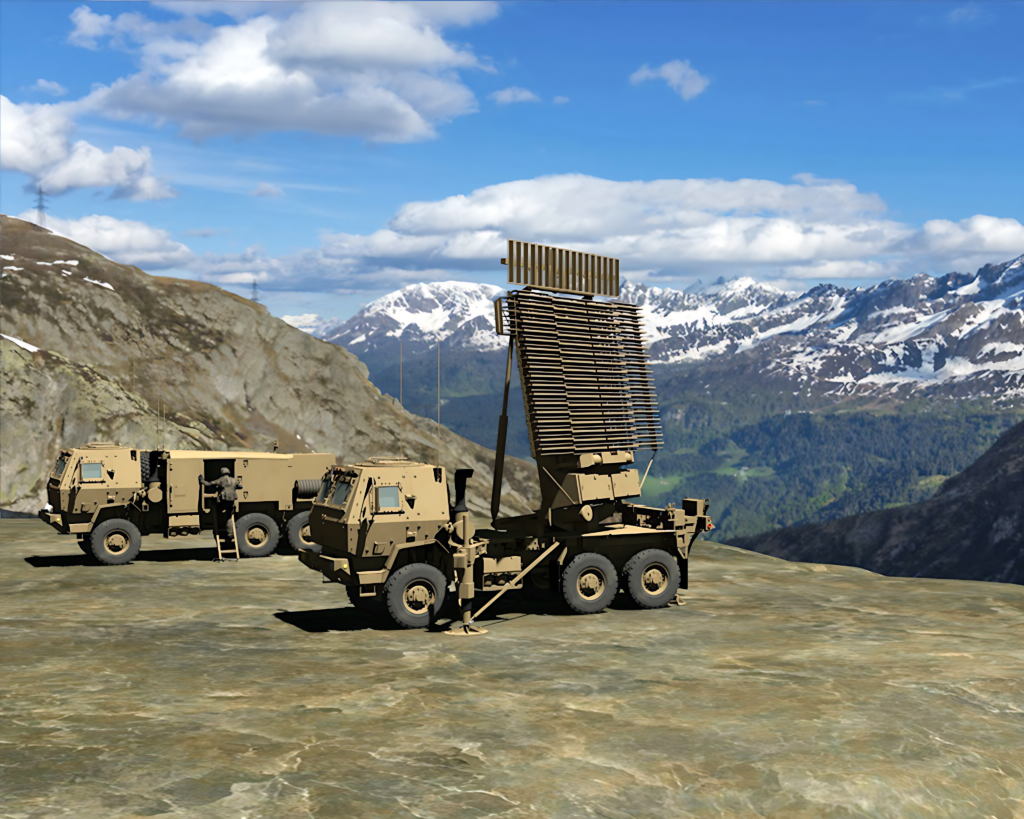
Practical Applications and Best Practices
Military Defense Applications
In military contexts, low altitude defense radar systems serve multiple critical functions:
- Early warning of approaching cruise missiles, allowing air defense systems precious additional response time
- Detection and tracking of enemy aircraft attempting to use terrain masking to avoid conventional radar
- Identification of special operations aircraft or helicopters operating close to the ground
- Counter-UAV defense for forward operating bases and critical military installations
- Battlefield air traffic management in contested environments
Best practices for military implementation include layering multiple radar systems with complementary capabilities, integrating radar data directly with weapons systems for faster response times, and maintaining mobile reserve radar units that can be deployed to reinforce coverage in threatened sectors.
Civilian and Dual-Use Applications
Beyond purely military applications, low altitude defense radar technologies have found numerous civilian and dual-use applications:
- Airport perimeter security and drone detection around critical infrastructure
- Border surveillance, particularly in areas with challenging terrain
- Maritime security for detecting low-flying aircraft involved in smuggling
- Disaster response coordination for aerial assets operating in complex environments
- Wildlife conservation monitoring of unauthorized low-altitude flights over protected areas
For civilian applications, the best practice typically involves focusing on detection and classification rather than targeting capabilities, with emphasis on integration with law enforcement response protocols and regulatory frameworks.
Implementation Considerations and Challenges
When implementing low altitude defense radar systems, several key considerations should guide planning:
1. Geographical assessment to identify likely approach corridors and natural terrain masking features
2. Climate and weather analysis to select appropriate frequency bands and system specifications
3. Integration requirements with existing defense networks and command structures
4. Power and maintenance requirements, particularly for remote deployments
5. Training needs for both operators and maintenance personnel
6. Regulatory compliance, especially for systems deployed near civilian populations
7. Countermeasure resilience against jamming and other electronic warfare tactics
I’ve noticed that the most successful implementations typically begin with a thorough threat assessment rather than starting with technology specifications. This approach ensures the selected system actually addresses the specific challenges of the deployment environment rather than simply meeting generic performance metrics.
Case Study: South Korea’s Low Altitude Radar Network
One of the most instructive examples of effective low altitude defense radar implementation can be found in South Korea, where the unique security challenges presented by the Korean Peninsula’s mountainous terrain and the specific threat profile of North Korean aviation assets drove the development of a sophisticated integrated radar network.
Background and Challenges
South Korea faced several distinctive challenges:
- Mountainous terrain creating numerous radar shadows and potential infiltration routes
- Short warning times due to the proximity of North Korean airfields to the DMZ
- Specific threat from low-flying helicopters and special operations aircraft
- Need to maintain continuous coverage despite seasonal weather variations
- Dense civilian air traffic requiring precise discrimination capabilities
System Design and Implementation
To address these challenges, South Korea developed a multi-layered approach:
- Overlapping coverage from both fixed and mobile radar units
- Integration of indigenous KM-SAM medium-range surface-to-air missile systems with radar data
- Deployment of specialized TPS-840K radar systems optimized for detecting low-flying targets in mountainous terrain
- Implementation of automated alert systems to reduce response times
- Regular testing and refinement based on real-world detection exercises
Results and Lessons Learned
The South Korean system has demonstrated remarkable effectiveness, with publicly available information indicating:
- Successful detection of North Korean drone incursions despite their small radar cross-section
- Reduction in radar blind spots by approximately 85% compared to previous systems
- Integration time between detection and response reduced by more than 60%
- System resilience against various electronic countermeasures tested during exercises
The key lesson from this case study is the importance of tailoring radar deployment to specific geographical and threat environments rather than applying generic solutions. The South Korean approach emphasizes that effective low altitude defense requires thinking of radar not as isolated systems but as nodes in an integrated detection and response network.
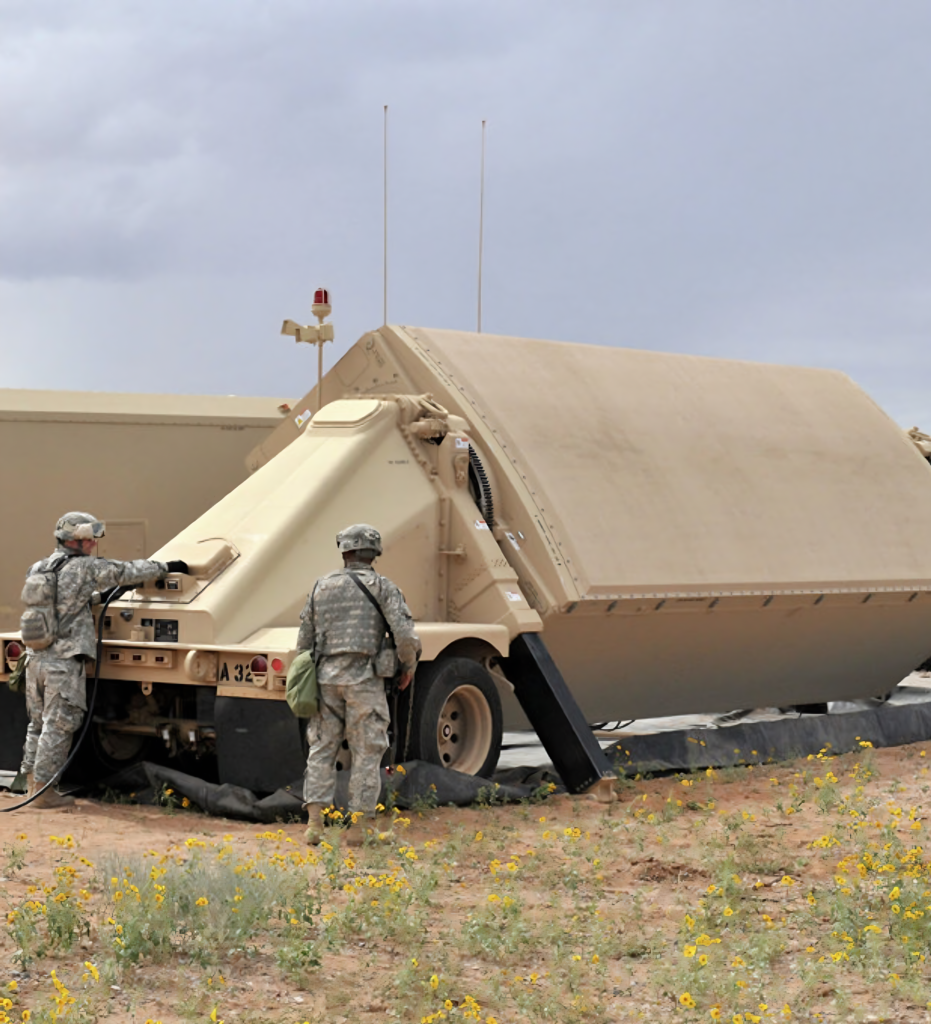
Future Directions in Low Altitude Defense Radar
Looking ahead, several emerging technologies promise to further transform low altitude defense radar capabilities:
- Quantum radar systems that may eventually overcome stealth technology through quantum entanglement principles
- Passive radar systems that detect targets by analyzing disturbances in ambient radio signals without emitting detectable energy
- Cognitive radar that dynamically adapts its transmission parameters based on environmental conditions and target behavior
- Metamaterial-based antennas that could dramatically reduce the size and increase the sensitivity of radar systems
- Edge computing integration that enables more sophisticated processing at the sensor rather than requiring data transmission to central facilities
While some of these technologies remain largely theoretical or in early development, they collectively point toward a future where low altitude defense radar systems become increasingly capable of detecting even the stealthiest and smallest aerial threats.
Conclusion: Key Takeaways and Action Steps
Low altitude defense radar systems represent a critical component of modern air defense networks, addressing a vulnerability that conventional radar systems struggle to cover effectively. Their evolution continues to be driven by changing threat profiles and technological innovation, with artificial intelligence, sensor fusion, and increased mobility emerging as defining trends.
Key Takeaways
1. Low altitude defense radar addresses a critical vulnerability in conventional air defense networks
2. Modern systems leverage advanced signal processing to distinguish targets from ground clutter
3. Integration with other sensor types dramatically improves overall system effectiveness
4. AI and machine learning capabilities are transforming target classification and reducing false alarms
5. Mobility and rapid deployment capabilities are increasingly prioritized in newer systems
Recommended Action Steps
For defense planners and security professionals considering low altitude radar implementation:
1. Begin with a comprehensive threat assessment specific to your geographical and operational context
2. Evaluate multiple radar bands and technologies rather than focusing on a single “perfect” solution
3. Prioritize integration capabilities with existing systems and command structures
4. Consider mobile or relocatable systems to complement fixed installations
5. Invest in operator training and realistic testing under various environmental conditions
6. Develop clear protocols for response to different classifications of detected threats
7. Plan for regular updates to both hardware and software as technology evolves
As aerial threats continue to evolve—becoming smaller, faster, and more sophisticated—the importance of effective low altitude defense radar will only increase. Understanding the capabilities, limitations, and optimal implementation of these systems is essential for anyone involved in modern air defense planning or operations.
References
1. NQDefense. “Low-Altitude Warning Drone Radar.” NQDefense. https://www.nqdefense.com/low-altitude-warning-drone-radar/
2. “Terrain-following radar.” Wikipedia. https://en.wikipedia.org/wiki/Terrain-following_radar
3. Federal Aviation Administration. “Section 5. Surveillance Systems.” FAA Air Traffic Publications. https://www.faa.gov/airtraffic/publications/atpubs/aimhtml/chap4section5.html
4. International Institute for Strategic Studies. “Military Balance 2023.” London: IISS, 2023.
5. Jane’s Defense Weekly. “Advances in Counter-UAS Radar Technology.” Special Report, June 2023.
6. Defense Advanced Research Projects Agency. “Cognitive Radar Systems Research Program.” DARPA Technical Reports, 2022.
7. Korean Defense Daily. “KM-SAM Integration with Low Altitude Detection Network.” Special Analysis, April 2023.
8. IEEE Transactions on Aerospace and Electronic Systems. “AI Applications in Modern Radar Systems.” Vol. 58, Issue 3, 2022


